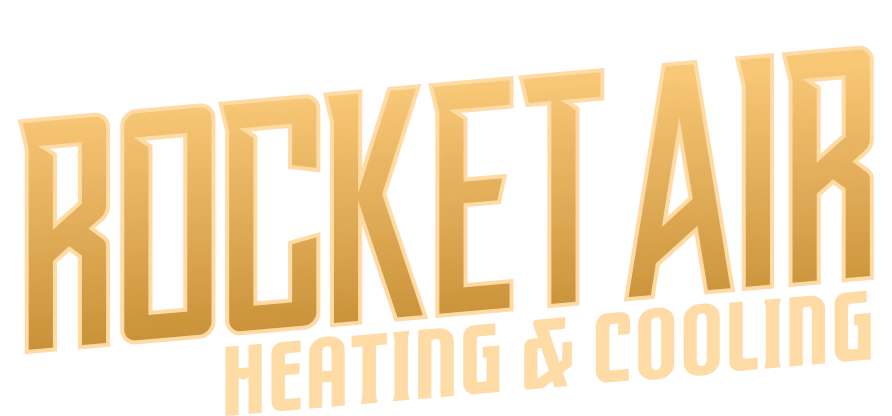When homeowners ask me what is forced air heating, I usually tell them it’s not just about the heat. The thing is, most people who have it also have forced air cooling built right in. One system does both jobs—warming your home in the winter and cooling it in the summer—using the same ducts and vents.
It’s like having a two-in-one comfort machine. You set the thermostat, and the system does the rest, switching between heating and cooling without you lifting a finger.
What Is Forced Air Heating and How Does It Work?
Here’s the deal: forced air heating works by pulling in cooler indoor air, running it through a heat source—like a furnace or heat pump—and then pushing that warmed air back through your ductwork. The “forced” part comes from a blower fan that moves the air quickly.
In the summer, the same blower and ducts are used, but now the air passes over a cooling coil or comes from a heat pump in cooling mode. That cooled air is pushed through the same vents, so the system works year-round.
If you like technical details, Energy.gov has a solid breakdown of the different heating options, including this one.
Main Parts of a Forced Air Heating and Cooling System
Most setups share the same key pieces:
Furnace or heat pump – Your main heat source.
Air conditioner or coil – Handles cooling duties.
Blower fan – Pushes air through the ducts.
Ductwork – The “highway” for air movement.
Thermostat – Tells the system what to do.
The ENERGY STAR program recommends keeping components clean and well-maintained to get the best performance.
Why People Like Forced Air Heating and Cooling
Honestly, it’s the speed. Whether you’re switching from chilly to cozy or hot to cool, the system works fast. You don’t have to wait long to feel a difference.
Another perk is indoor air quality. With the right filter, you can catch dust, pollen, and other stuff you’d rather not breathe in. Add-ons like humidifiers or dehumidifiers can make the air feel even better.
What Is Forced Air Heating Compared to Other Systems?
If you’ve used radiant floor heat or a boiler, you know those systems warm things differently. They heat surfaces or water, not the air itself. Forced air moves heated or cooled air directly, so you feel the change quicker.
Compared to ductless mini-splits, forced air heating and cooling is usually better for bigger homes or spaces that need even temperatures. Just keep in mind—according to the U.S. Department of Energy—leaky ducts can waste a surprising amount of air. A good duct inspection can make a huge difference.
Pros and Cons in Real Life
Pros:
One system for both heating and cooling
Fast temperature changes
Can improve air quality
Cons:
Needs duct upkeep
Poor duct design can cause uneven heating or cooling
Keeping Your Forced Air Heating and Cooling System in Top Shape
Here’s what I tell customers:
Swap filters every month or two during heavy use.
Get ducts checked for leaks.
Book a yearly tune-up before each heating or cooling season.
Don’t block vents with furniture or rugs.
Little habits like these keep the system working efficiently and help avoid expensive repairs.
How Modern Forced Air Systems Are Smarter
Newer forced air heating and cooling systems aren’t like the clunky units from decades ago. Many have variable-speed blowers, high-efficiency furnaces, or advanced heat pumps that use less energy. Pair that with a smart thermostat, and you can fine-tune comfort while cutting energy costs.
Is It the Right Choice for You?
If your home already has ducts, a forced air system is often the easiest and most cost-effective option for year-round comfort. If you don’t have ducts, installation can be more of an investment—but for many, the benefits outweigh the hassle.
The Bottom Line
If you’ve been wondering what forced air heating is, it’s really part of a forced air heating and cooling setup that keeps your home comfortable in all seasons. One system handles both jobs, moving conditioned air through the same ducts quickly and efficiently.
At Rocket Air Heating & Cooling, we work with these systems every day—installing, repairing, and keeping them running their best. And if you’re in Modesto, CA, or one of the surrounding areas, our local team can make sure yours is ready for whatever the weather brings. Contact us today to schedule your service and enjoy reliable comfort year-round.


